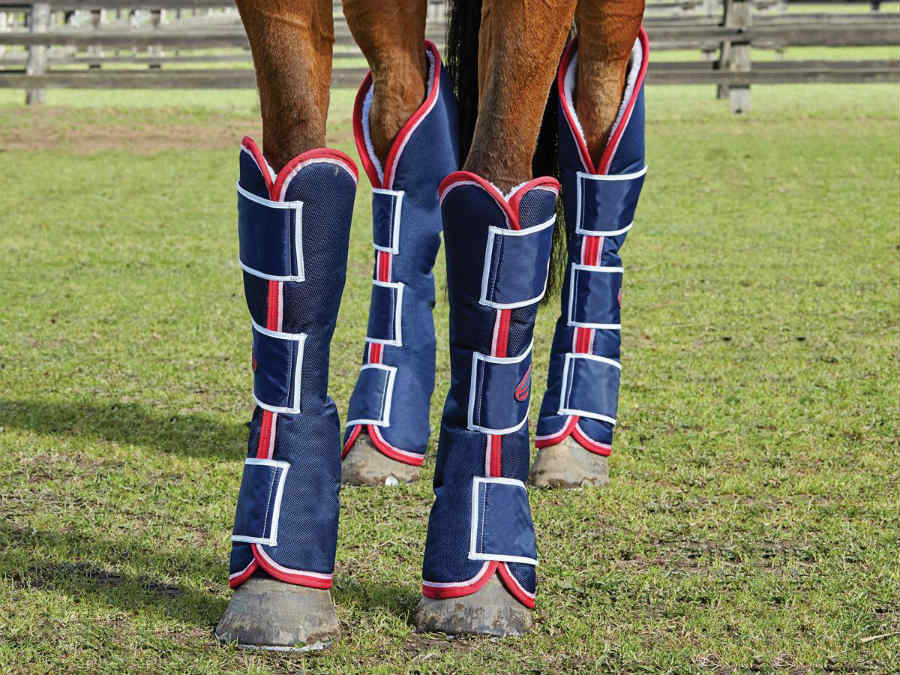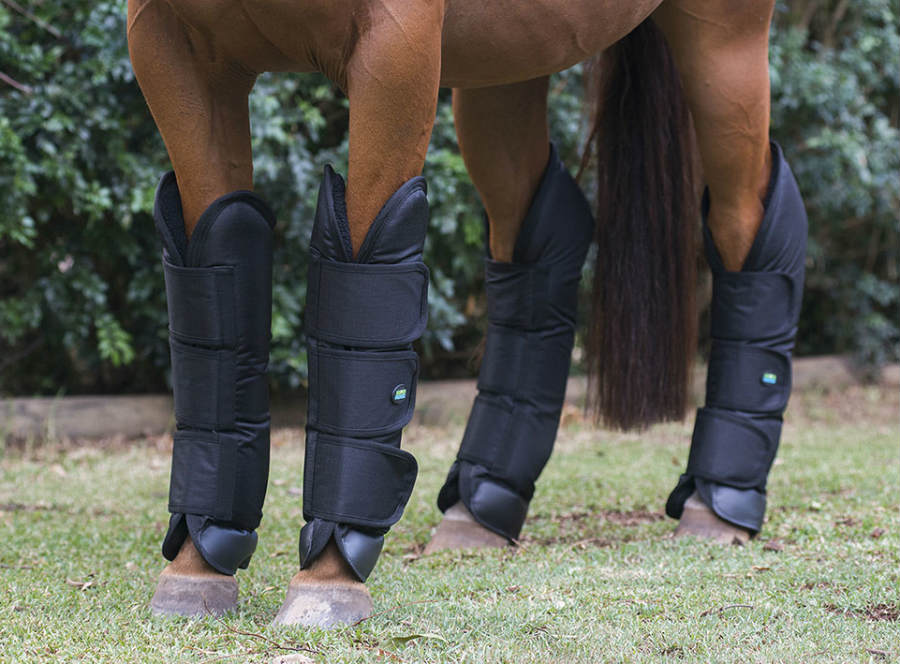Contents
Regardless of the discipline you ride, it should go without saying that leg protection is of paramount importance. Whether you have a young horse who still cannot run properly or a mature one who has issues, or you simply want to protect your horse from cuts and blemishes, choosing the right boots can make all the difference regarding any if these scenarios. These are the few things you need to consider.

Materials
In the past, the majority of leg-protection boots were made if leather. However, leather has become quite expensive, it’s demanding maintenance-wise and it’s not convenient enough as it becomes stiff and dry after it’s been wet. This means that the stitching will eventually rot and deteriorate, even if you take great care of the boots. Neoprene, on the other hand, is a modern, less expensive and low maintenance material. It’s also a great choice if your horse can’t help getting wet or muddy as it soaks up neither water nor debris. The only drawback of this material is that is doesn’t breathe which means that your horse will probably sweat underneath it. When it comes to sweating, a casual riding session is not something you should worry about, however, the horse shouldn’t wear such boots for extended periods of time. Nylon and fleece horse float boots are options offering enough protection and convenience which renders them the perfect middle ground.

Fit
If a boot is of the correct size, when you place it on the horse’s leg, the ends should meet or overlap slightly. If they overlap too much, thus causing bunches or wrinkles, take it as a sign that they aren’t going to stay in place and may even rub. A simple solution to this is to go with the smaller size if you are having a dilemma and there’s no perfect fit. Leather eventually stretches, and neoprene, nylon and fleece are more forgiving fabrics. Also, bear in mind that horse float boots are right or left, just like human boots. Generally, manufacturers place a handy “L” and “R”, but if there’s no indication, make sure that the closure straps are always pointed toward the back of the horse.
Maintenance
Boots that require more than a hosing can be cleaned with soap, water and a soft brush. Just make sure t that you rinse the soap thoroughly to avoid irritation. It is best to dry the boots in the air, but not in the sun if you want to protect the material properly. That being said, you should never use a damp, wet or simply a dirty boot on your horse. Apart from causing irritation, this can lead to an infection. Finally, for utmost convenience, make sure you buy machine-washable boots.

